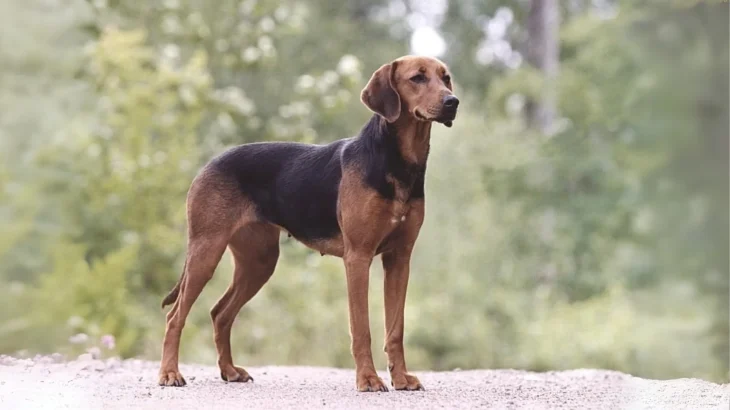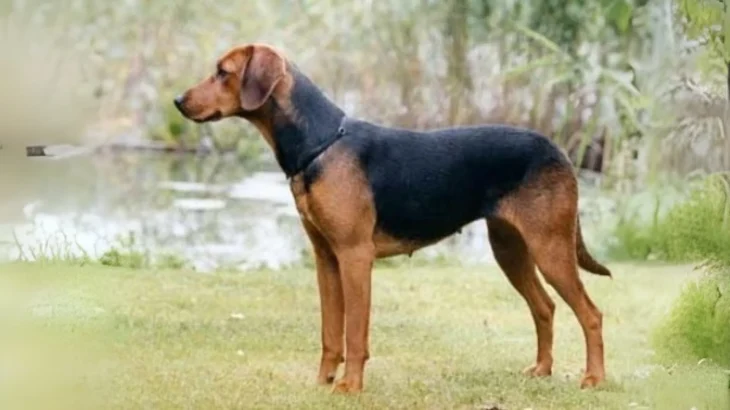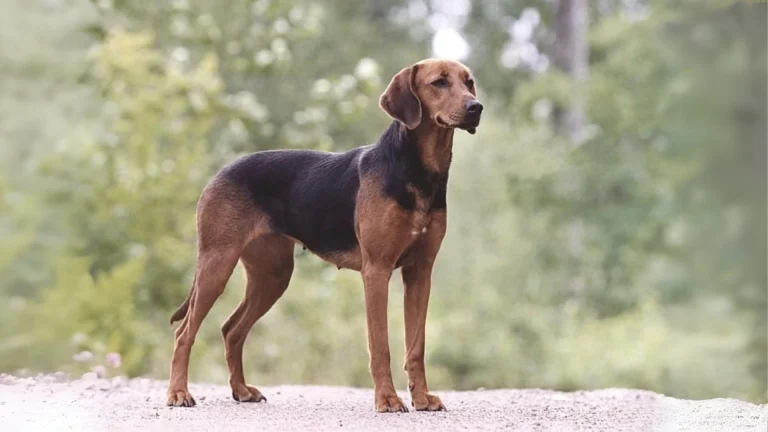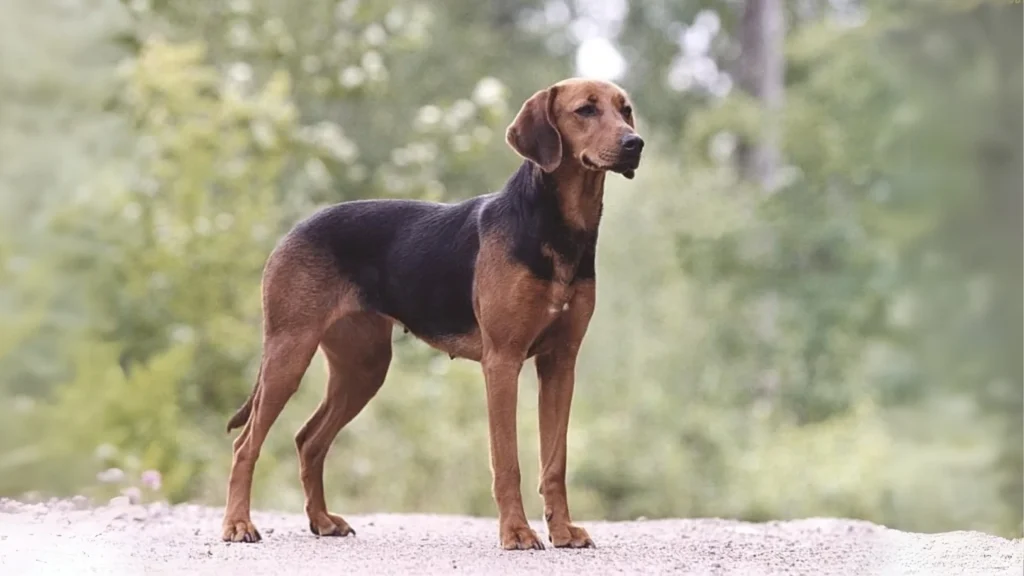Deciding whether to adopt or purchase a Schiller Hound puppy depends largely on your priorities related to cost, health transparency, and ethical considerations. Purchasing from a breeder typically offers clearer insights into the puppy's lineage and health, while adoption can be a more budget-friendly option that supports animal welfare.
Adoption vs. Breeder: Pros & Cons
| Criteria | Buying from Breeder | Adopting from Shelter/Rescue |
|---|---|---|
| Cost | Usually higher initial cost due to breed rarity and pedigree. | Lower adoption fees; more affordable entry into owning the breed. |
| Health History | Detailed health and genetic info often provided. | Health history may be limited or unknown; relies on shelter/rescue assessments. |
| Age Availability | Often puppies available for early bonding and training. | May include a range of ages, sometimes not puppies. |
| Temperament Insight | Breeders can inform about lineage and typical breed temperament. | Shelters can share behavior assessments but background may be unclear. |
| Supporting Practices | Supports dedicated breeding programs when ethical breeders are chosen. | Supports animal welfare by providing homes to dogs in need. |
| Ethical Considerations | Important to verify breeder's standards to avoid supporting puppy mills. | Often considered more ethical by rescuing dogs rather than encouraging breeding. |




















































